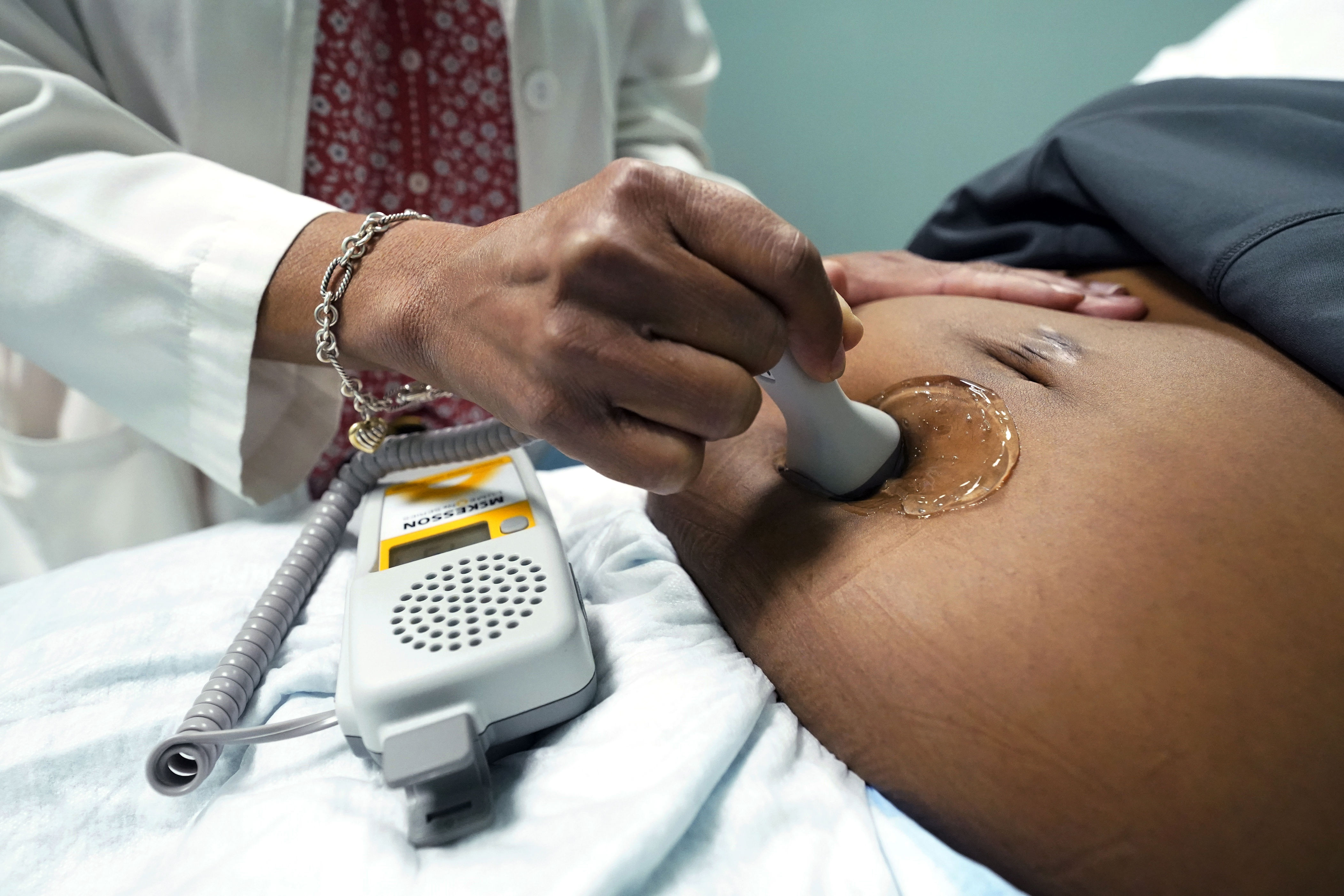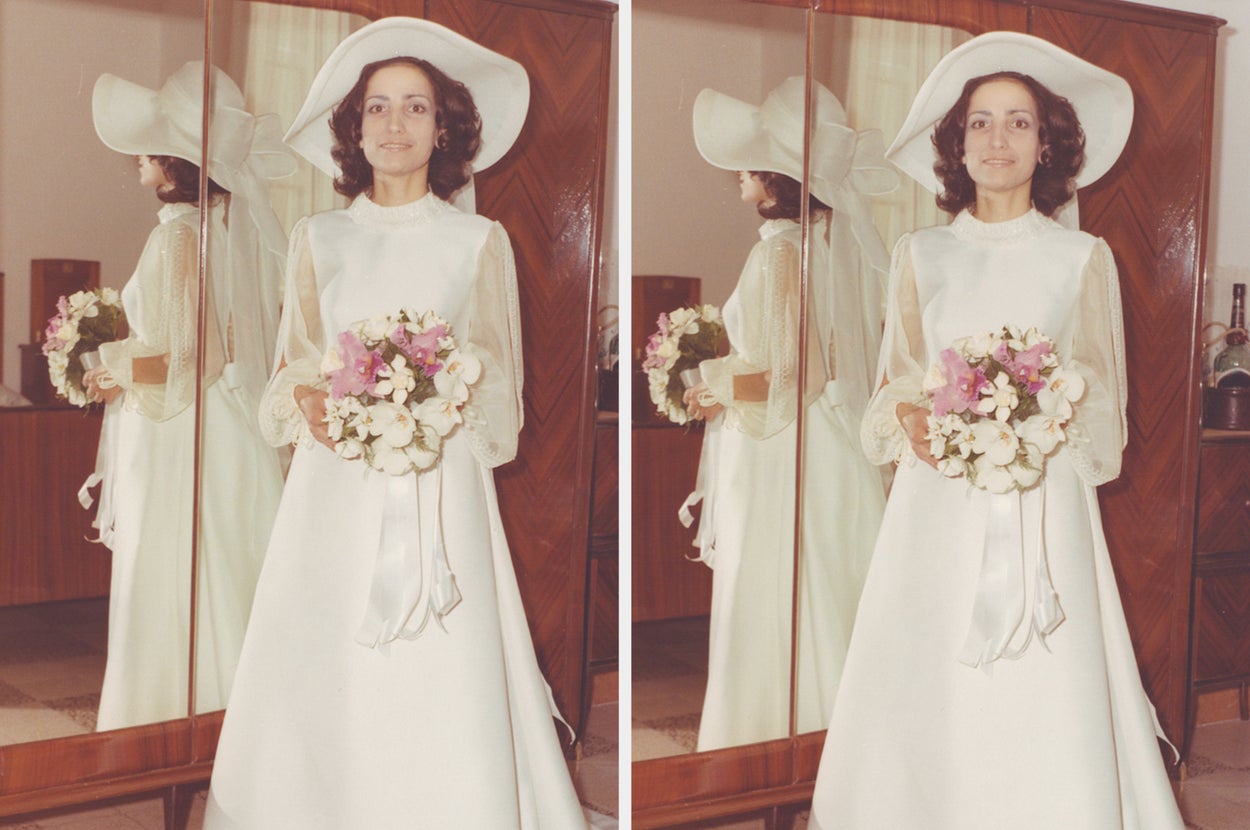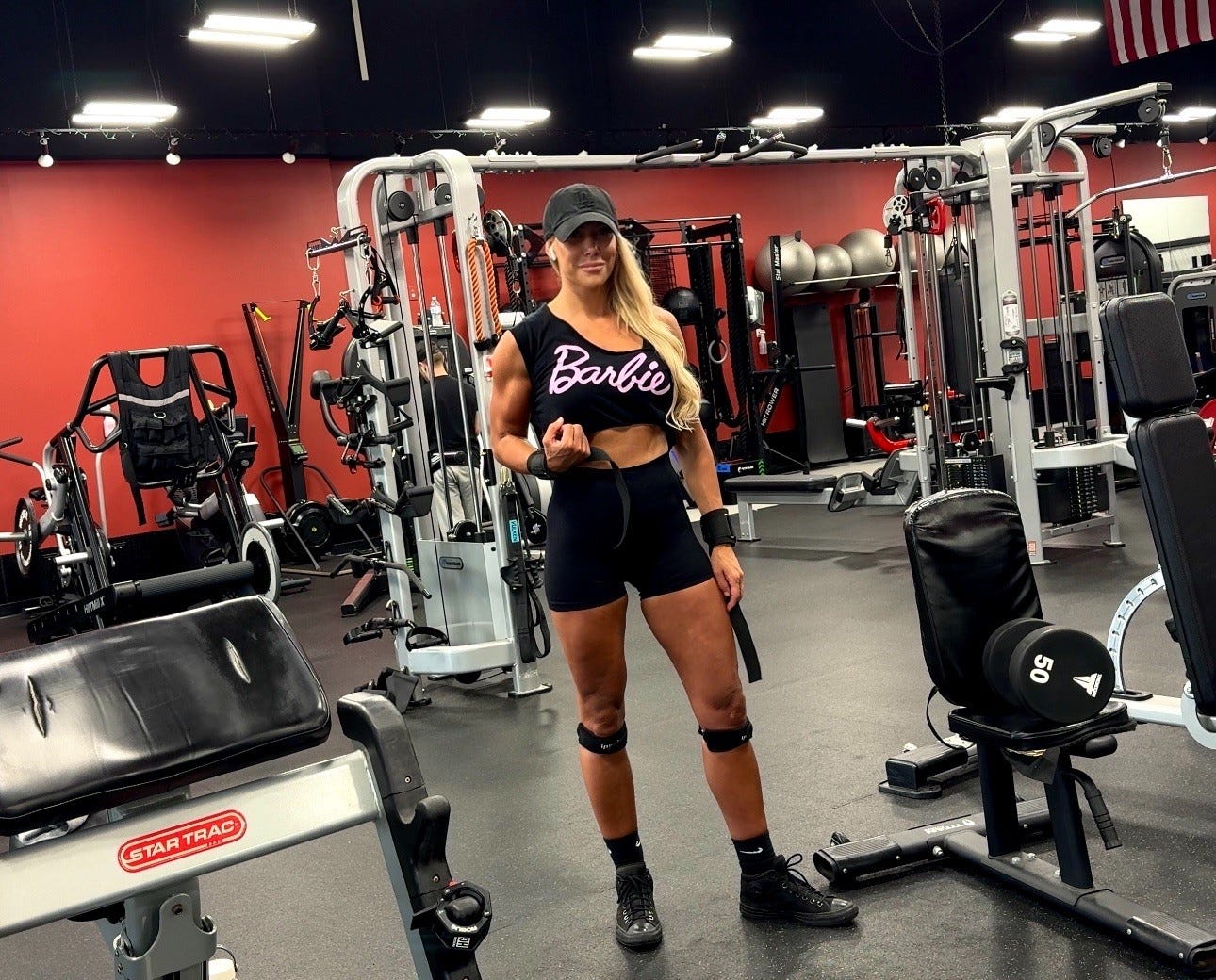Trump's Tylenol Warning: Missing Data on Drug Effects During Pregnancy

The Challenges of Conducting Research with Pregnant Women
The recent controversy surrounding the Trump administration’s warnings about Tylenol and its potential link to autism has brought attention to a broader issue: the lack of comprehensive data on the safety and effectiveness of many drugs during pregnancy. This problem has only worsened since the fall of Roe v. Wade, as state abortion bans have created new barriers for including women of reproductive age in drug trials and other health studies.
Medical experts and women’s health advocates argue that these restrictions are making it harder to gather reliable data, as both scientists and participants face increased legal risks if a drug harms a fetus. Without clear information on how medications affect pregnant women, navigating conflicting messages from government agencies and medical groups becomes even more challenging.
The Impact of Abortion Bans on Medical Research
The Trump administration has emphasized its commitment to “gold-standard science” when it comes to testing the safety of pharmaceutical drugs during pregnancy. HHS spokesperson Andrew Nixon stated that the president’s warnings about Tylenol and autism stem from a dedication to sharing critical public health information once it becomes available.
However, emerging data suggests that this kind of scientific evidence is becoming increasingly difficult to obtain in many parts of the U.S. For example, PRESTO, a federally funded online database where people trying to conceive share data with researchers, saw a 27% drop in participation in states that banned abortion after the Dobbs ruling. There was no such decline in states with abortion protections.
Allison Whelan, a bioethicist at Georgia State University, explained that in the post-Dobbs era, research involving pregnant individuals is becoming more ethically and legally complex. Concerns about causing harm to a fetus could lead to potential violations of fetal personhood laws or abortion laws.
Legal and Ethical Challenges
Since the fall of Roe v. Wade, 12 states have enacted complete abortion bans, while 10 more have bans that apply before fetal viability (around 22 to 24 weeks). Some of these laws date back decades, long before women had the right to vote or ultrasounds were available. Others were passed in the lead-up to or shortly after the Dobbs decision.
Lawmakers who support these policies claim they aim to protect both fetuses and mothers, arguing that women are often coerced into terminating pregnancies. Some red-state lawmakers have amended their bans in response to unintended consequences, such as an increase in sepsis and hemorrhaging in Texas. However, most have not added exceptions for fetal anomalies, despite concerns that diagnoses can be incorrect.
This means that in 10 states where abortion is prohibited, women whose fetuses develop birth defects must either travel out of state or carry the pregnancy to term, even if the fetus is likely to die shortly after birth.
Ethical Guidelines and Research Protocols
The ethical guidelines governing most research today were developed by the National Commission for the Protection of Human Subjects of Biomedical and Behavioral Research in 1974 — the year after Roe legalized abortion nationwide. According to the World Health Organization, any research involving pregnant women that could harm a fetus should only occur in settings where safe and legal abortion access is guaranteed.
In the current post-Dobbs landscape, however, the patchwork of abortion restrictions creates uncertainty for both researchers and participants. A 2024 report by the National Academies of Sciences, Engineering and Medicine noted that fear of liability is a major obstacle to enrolling pregnant women in medical studies.
Risks to Researchers and Participants
Clinical trials often require female participants to take regular pregnancy tests to monitor for any potential harm to a developing fetus. Some trials also require reporting adverse pregnancy outcomes like miscarriages, stillbirths, or birth defects.
After Dobbs, some scientists worry that this information — which is not protected by federal privacy laws — could be subpoenaed and used in prosecutions. Several state bans also threaten felony charges for anyone who helps a patient obtain an abortion, raising concerns that researchers could be targeted for simply learning about a trial participant’s pregnancy and discussing options with them.
The FDA issued draft guidance urging researchers to include pregnant and lactating women in studies but did not address the varying levels of abortion access across states or offer ways to protect researchers and participants from legal risks.
Legal Consequences and Fear
Many states have “chemical endangerment” laws that have been used to prosecute women for using drugs during pregnancy, including prescription medications. A New York Times investigation found thousands of cases between 2016 and 2023 where mothers were reported for taking antidepressants, ADHD medications, and even over-the-counter cold medicine.
A September report by Pregnancy Justice revealed nearly 400 charges were brought against women in 16 states for substance use during pregnancy between 2022 and 2024. In some states, like Alabama, prosecutors do not need to prove harm to the fetus to secure a conviction.
Longstanding Issues in Medical Research
Anti-abortion activists argue that excluding women of reproductive age from medical research is not a new problem. For decades, women have been left out of drug trials due to fears of causing birth defects. This has led to many drugs’ side effects on pregnant individuals being discovered only after they are on the market.
Despite policy changes in the 1990s that allowed more women to participate in clinical trials, researchers still struggle to enroll enough pregnant women. Women remain underrepresented in studies of cancer, cardiovascular disease, and blood disorders, putting them at greater risk for adverse drug reactions.
The Need for Better Data
With the current lack of data on drug safety during pregnancy, women’s health advocates warn that focusing on drugs like Tylenol may deter pregnant women from taking needed medications, worsening conditions that can harm both mothers and fetuses.
Health Secretary Robert F. Kennedy Jr. has focused on drugs used by pregnant women, leading to recommendations that may discourage necessary treatments. Clinicians fear this could result in uncontrolled fevers and other health issues that increase the risk of miscarriages and birth defects.
Conclusion
The challenges of conducting research with pregnant women are complex and multifaceted. As legal and ethical boundaries shift, the scientific community faces growing uncertainty about how to proceed safely and effectively. Without better data, the risks to both mothers and fetuses will continue to rise, leaving many without clear guidance on the safest treatment options.

